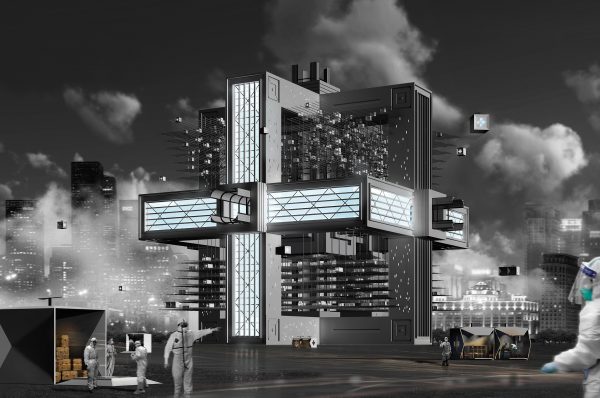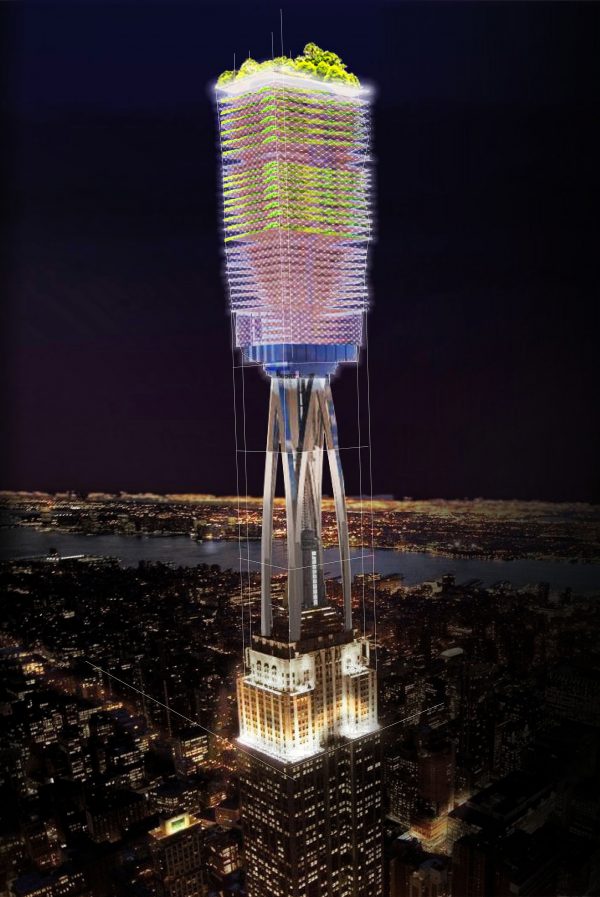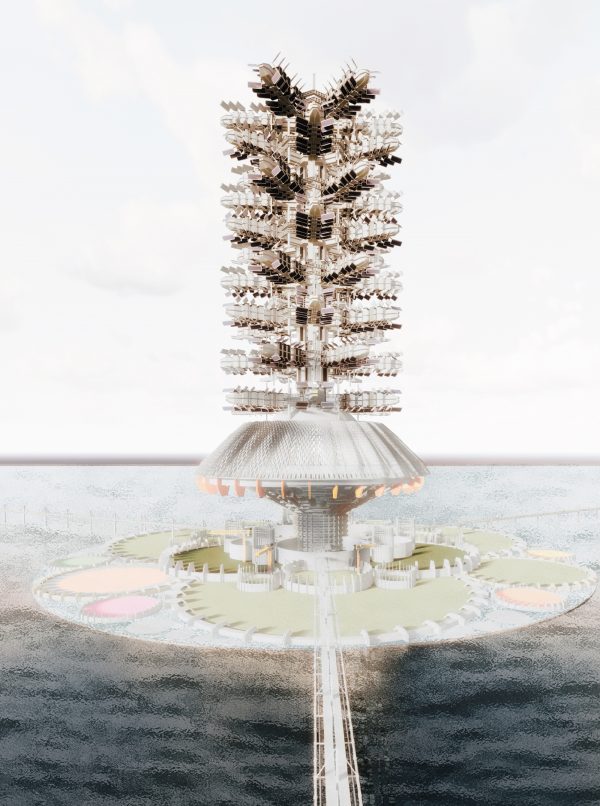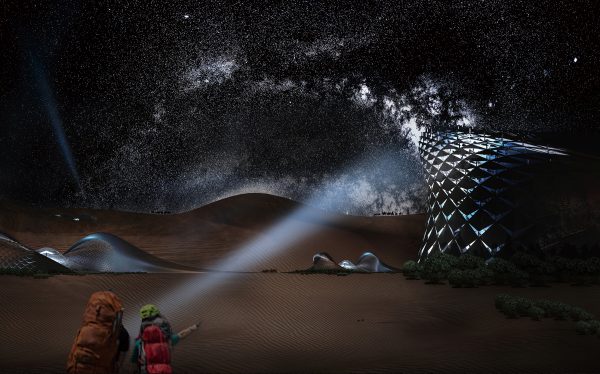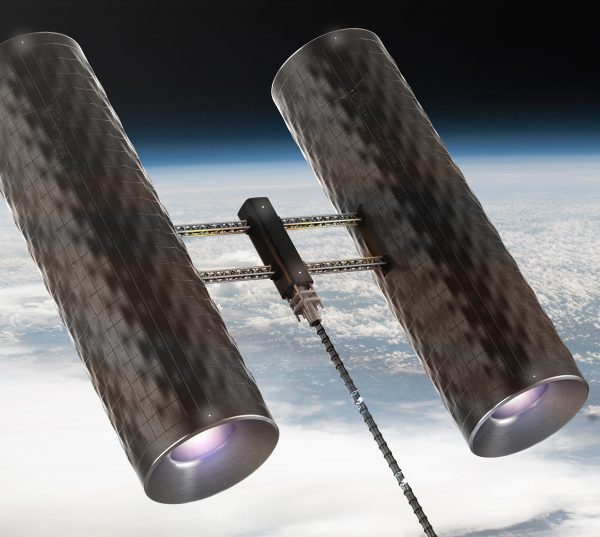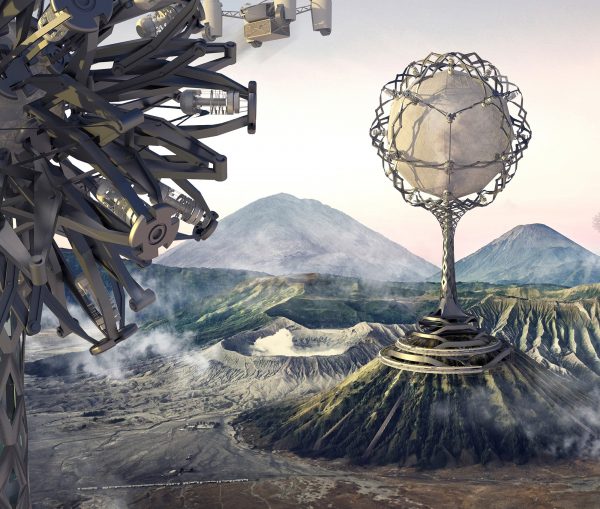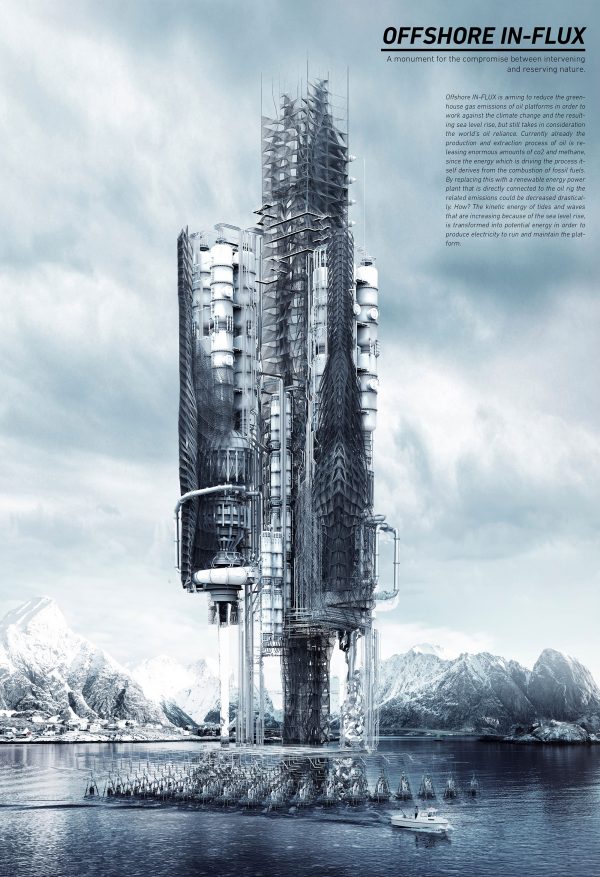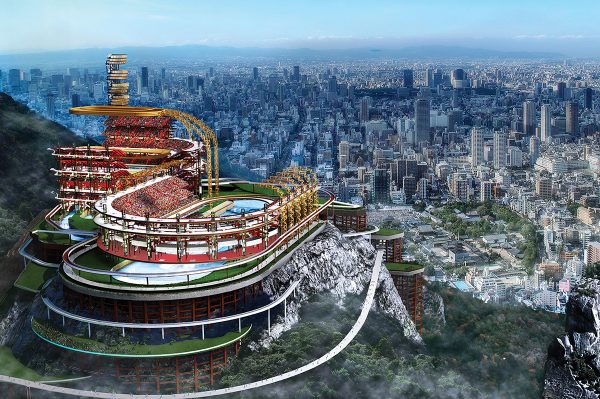Editors’ Choice
2020 Skyscraper Competition
Zhang Mengwei, Xu Jianghuai, Jiang Jiayuan, Yang Shaoxin, Zhang Mengdi, Li Jiaxin
China
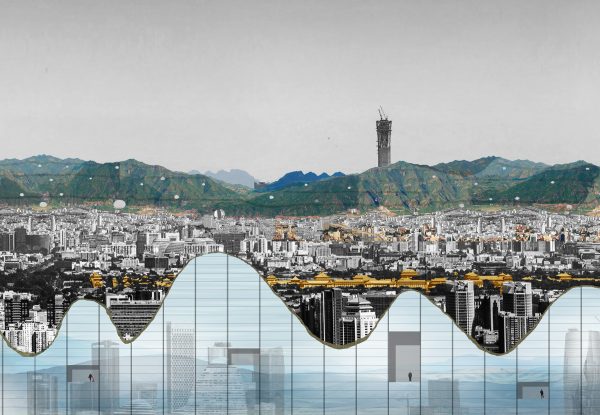
In ancient times, the Forbidden City was the core of Beijing City, surrounded by mountains dominated by Yanshan Mountains, forming a scene of “mountains outside the palace wall”. From the Forbidden City along the palace wall, you can see the hazy mountains in the distance. At that time, people were surrounded by nature, lived in poetic nature, and lived in harmony with nature.
With the development of China, Beijing began to expand rapidly. We have to demolish the old city wall located in the second ring road of Beijing and transform it into a wide road to bear heavy traffic pressure. In order to protect the city appearance of the old Beijing, the government stipulated that new buildings within the second ring road should not be built beyond the height limit.
In the 21st century, a large number of immigrants flock to Beijing, a metropolis, resulting in a large number of skyscrapers in Beijing. These skyscrapers encircle the old urban area within the second ring road and change the skyline of Beijing. The skyline of Beijing has changed from the natural form of distant mountains to the cold lines connected by the mechanical high-rise roof. Beijing is more like a skyscraper outside the second ring road. Read the rest of this entry »



